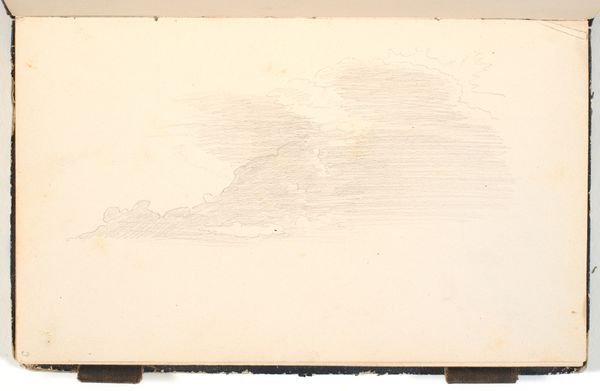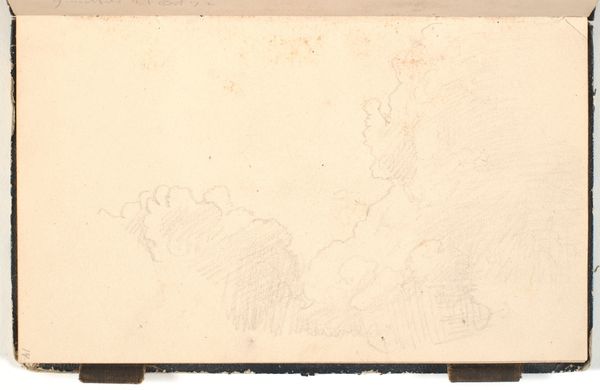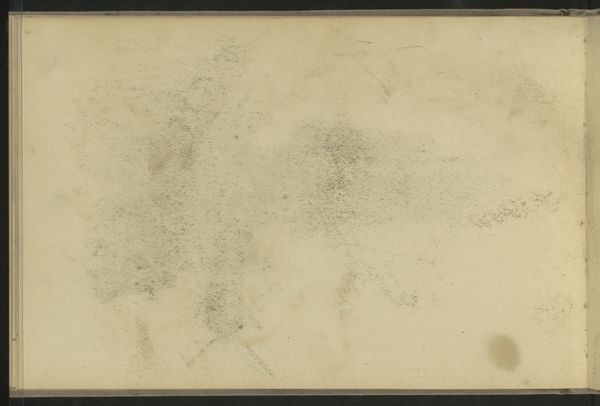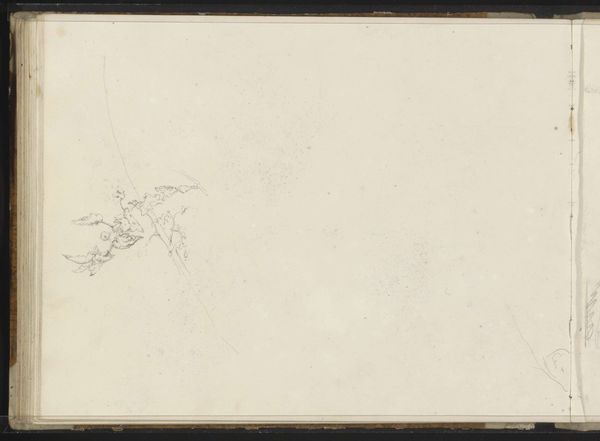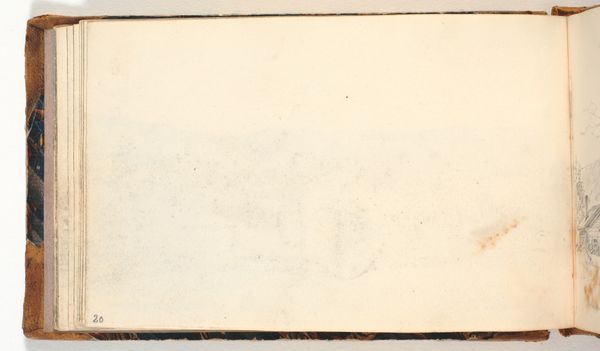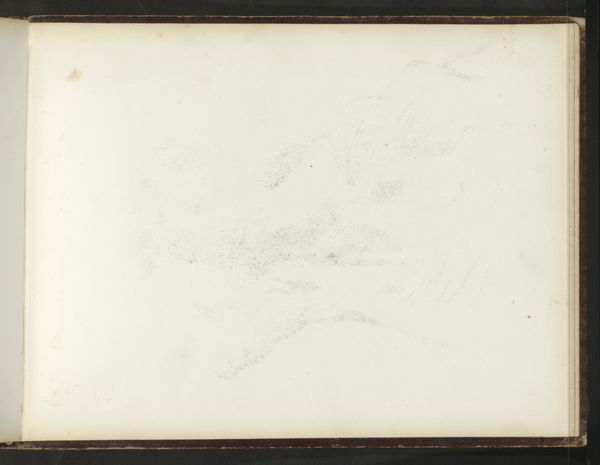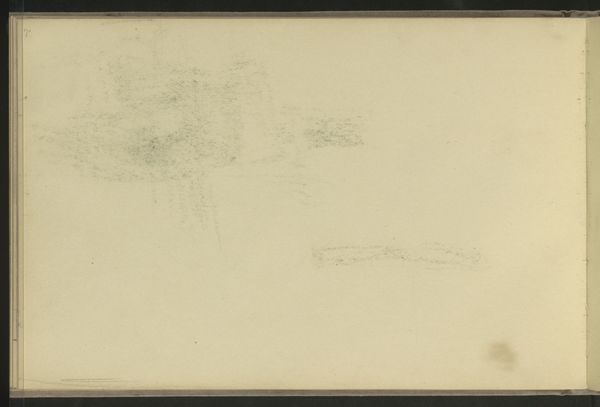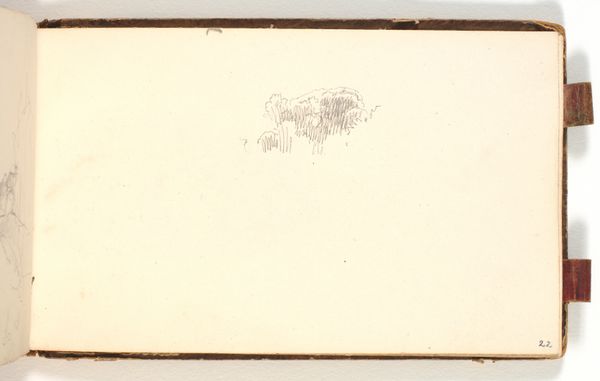
Dimensions: 215 mm (height) x 130 mm (width) (bladmaal)
Editor: So, here we have P.C. Skovgaard's "Trækrone," made in 1872. It's a delicate pencil drawing on paper, held in the Statens Museum for Kunst. I’m struck by its seeming fragility. What do you make of this drawing? Curator: Well, looking at it materially, it's more than just a preliminary sketch for a Romantic landscape. The choice of pencil and paper reflects both its availability and affordability during that period. But beyond that, what kind of paper and pencil are used matter a great deal. Was the paper readily available or specifically sourced? Who produced it? Editor: I see… So you're saying that the materials themselves tell a story about access and perhaps even Skovgaard's relationship with the art market? Curator: Precisely! And think about the labor involved. Was the paper handmade? Did Skovgaard sharpen the pencil himself, or was that someone else’s task? These details may appear mundane, but they illuminate the social and economic framework within which the art was produced. Even the act of repeated sketching—the accumulation of pencil strokes—reflects the artist's engagement with the material and his surroundings. This contrasts significantly with grander oil paintings meant for the elite. Does it change your view of it? Editor: Absolutely. I originally saw it as just a preliminary sketch, a glimpse into the artist’s process. Now I'm wondering about who supplied Skovgaard, the social value of the landscape aesthetic at the time, and the distinction between this and finished painting. Curator: Indeed. This piece challenges us to consider what is deemed "art" and who decides its value, as well as the power structures embedded in seemingly simple materials and labor. Editor: That’s a perspective I hadn’t considered before. Thinking about it in terms of materiality and production really does shift its meaning. I’m grateful. Curator: It invites you to ask deeper questions of everything we see in museums, doesn’t it?
Comments
No comments
Be the first to comment and join the conversation on the ultimate creative platform.
